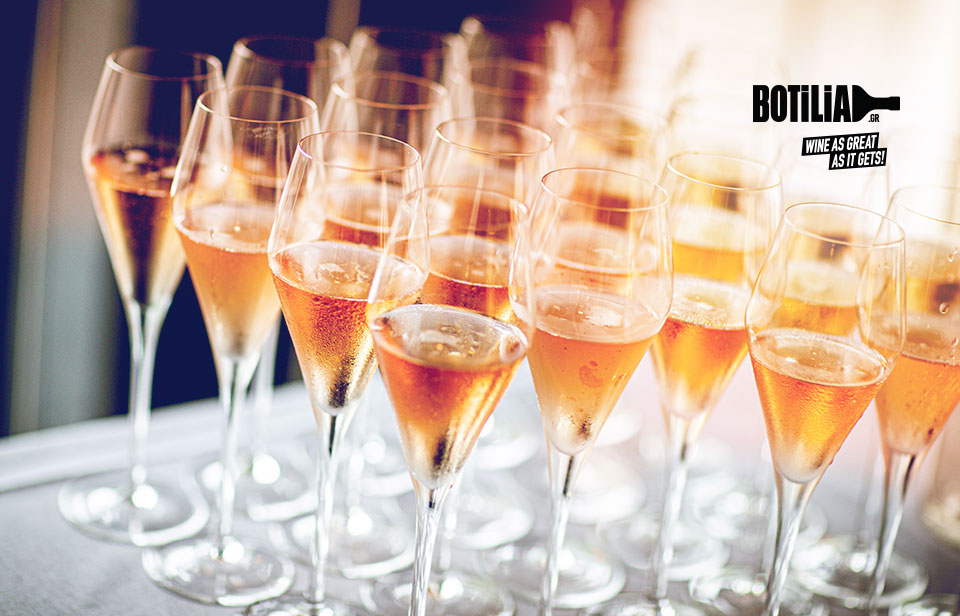BATTLE OF BUBBLES: PROSECCO VS CHAMPAGNE

Yes, Champagne and Prosecco are probably the most famous sparkling wines in the world, but beyond that I doubt if they have other similarities. To be precise, they may look the same but if we look closely, we will see that they are completely different from each other. Let’s see the differences one by one.
- Variety
The variety behind Prosecco is called Glera and is a white, moderately aromatic grape variety. The interesting thing is that until 2009 they called the variety Prosecco but this changed to protect the product, the PDO and the region, as the producers of the new world had begun to show increased interest in Prosecco. Consider that in Australia some still use the term Prosecco on the label and litigation is pending. On the other hand, Champagne has 3 different varieties, Chardonnay (Blanc de Blanc), Pinot Noir and Pinot Meunier (Blanc de Noir).
- Production Method
Champagne is made exclusively by second fermentation in the bottle (also known as the traditional method or method Champenoise). The base wine is bottled with nutrients and yeasts and so the wine referments in the bottle and the produced carbon dioxide is trapped in the wine in the form of bubbles. Instead, Prosecco is made by the closed tank method, where the wine is fermented in a tank where it closes from one point onwards and thus bubbles are created.
- Style
The different practices of vinification affect the style of the resulting wine. Champagne for example due to the second fermentation in the bottle and the long aging (18 months for non-vintage and 3 years for vintage) the wine acquires aromas of dried nuts, biscuit and toasted brioche (these are the well-known autolytic aromas). On the other hand, Prosecco has more pronounced variety characteristics of Glera as it has no notes of dough or autolytic character but it has aromas of grape, apple, pear, white flowers and honey.
- Price
The required, longer aging of the wine, the strictly limited region, the production cost and of course its huge prestige are some of the reasons that shape the high price of Champagne. At the same time, Prosecco is considered to be an "honest" and affordable bubble without the austerity of Champagne. For this reason, in recent years, its commercial success has been so massive that has led to the expansion of the DOC zone. This, as you can understand, also affects the price.
Champagne is the queen of the food and wine pairings, everyone knows that. From spicy mature cheeses like Parmesan, to oysters and burgers with truffles and fried chicken, Champagne can go with almost anything. Prosecco is not so multidimensional and accompanies simpler and easier dishes such as sushi, Prosciutto with melon, light fruit salads etc.
Eva Markaki
Wine Geek


